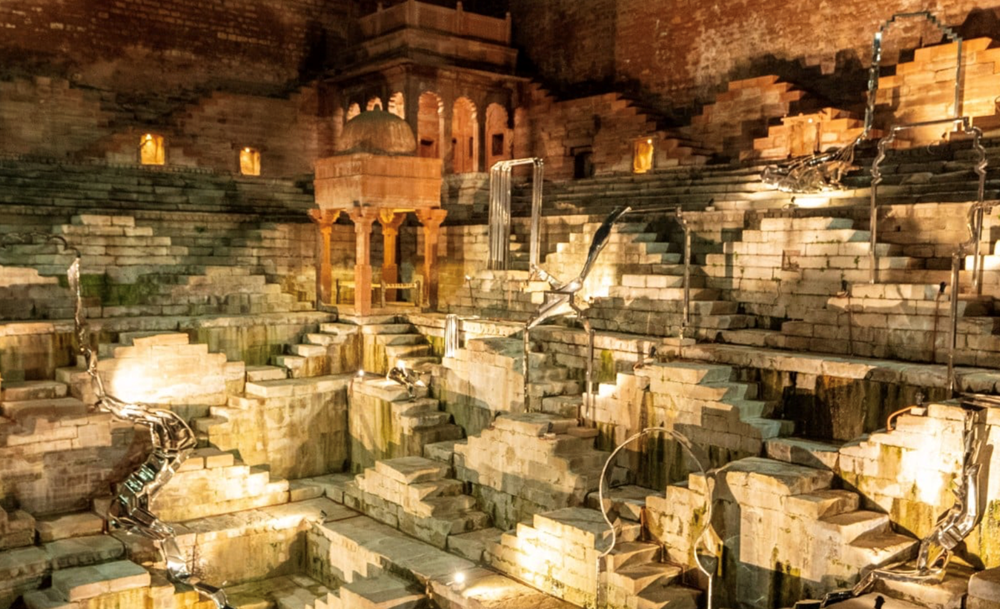
The art of connecting the old and the new
Famous for its blue buildings, Jodhpur – also known as India's "Blue City" – is famous for its stepwell, an ancient structure built in the 18th century.
Among them is the Mahila Baag Jhalra stepwell - an 18th-century structure with elaborate staircases surrounding a central lake, but in serious disrepair.
“When I first saw it, there was a lot of trash in the space: cigarette butts, potato chip skins and plastic bags,” said Delhi-based artist Ayesha Singh, adding that many locals she met were unaware of the structure’s existence.
Earlier this month, artist Singh collaborated with local metal experts Mayank, Anshul and Kuldeep Kularia to transform the space into a living installation of shimmering steel sculptures.
The installation featured a series of sculptures that filled the historic stepwell. Some looked like liquid mercury flowing freely. Others were more angular.
Bright sunlight reflecting off the metal sculptures can sometimes obscure part of the stepwell, Ms. Singh said.
The project is part of Jodhpur Art Week, held in the city, in the state of Rajasthan, in the first week of October this year.
Initiated by the Public Art Trust of India (PATI), a non-profit organization founded by philanthropist Sana Rezwan, the project is part of a wave of public art initiatives across India.
Titled “Hath Ro Hunar” (“skills of the hands”), the art week brings together collaborations between many contemporary artists and local craftsmen.
Together they create signature pieces at historic locations across Jodhpur, including old schools, clock towers and 20th-century mansions.
Additionally, another highlight of the event was the work “Through Me Runs the Ancient Water” (2025), also a meditative installation in a temple by Bengaluru-based artist Abishek Ganesh Jayashree, also known as Kaimurai.
A collaboration with sandstone sculptor Kishore Sankhla and indigo dyer Sabeer Muhammad, the temple-like structure is made of indigo-dyed red sandstone and khadi fabric. The soothing sounds of Carnatic music also fill the space.
History is everywhere here as public art often connects the old and the new.
Lots of ideas about installation art
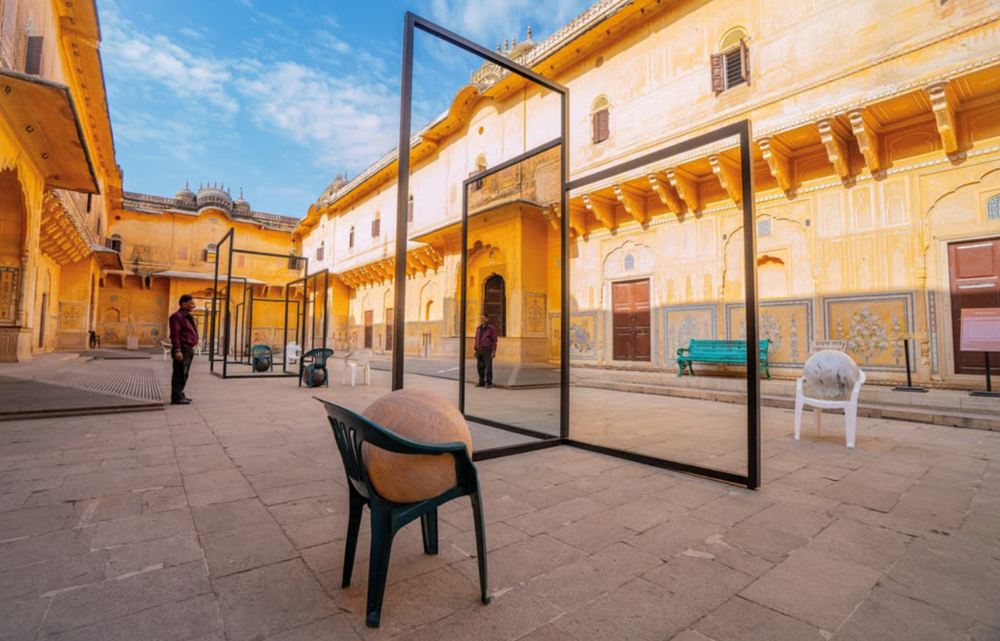
The Sculpture Park in Jaipur, the capital of Rajasthan, about 300km (190 miles) from Jodhpur, recently opened at the 19th-century Madhavendra Palace in Nahargarh Fort in 2017.
Aparajita Jain, Founder of the non-profit Saat Saath Arts Foundation, and curator and gallerist Peter Nagy, have partnered with the Rajasthan government to launch the project.
The Sculpture Park attracts a large audience through year-round exhibitions featuring contemporary Indian and international artists.
In 2024, Berlin-based artist Alicja Kwade filled the courtyard of the Madhavendra Palace with a playful installation consisting of bronze chairs, stone spheres, and interlocking steel frames.
Over the years, the art installations have been well received, attracting many young people who come here to read the Hindi signs and admire the works.
During winter, about 5,000 to 6,000 people visit these forts every day.
The next exhibition in the space will open in November. Among the largest works will be a site-specific installation by Delhi-based artist Vibha Galhotra, who will create a massive maze made from concrete rubble to reflect the relentless process of urbanization and war.
“Engaging with the public is really important, ” says artist Galhotra. “ India's evolving public art scene.”
Public art "is not something new. In the past, this art form was only found in religious ceremonies.
Public art initiatives are playing a significant role in India’s cultural landscape. Whether it’s restoring ancient stepwells in Rajasthan or creating zero-waste art in the Himalayas, the art form seems to be reviving ancient heritage here.
Source: https://baovanhoa.vn/van-hoa/nhung-di-tich-co-o-an-do-hoi-sinh-boi-nghe-thuat-cong-cong-phat-trien-177310.html




![[Photo] The 5th Patriotic Emulation Congress of the Central Inspection Commission](https://vphoto.vietnam.vn/thumb/1200x675/vietnam/resource/IMAGE/2025/10/27/1761566862838_ndo_br_1-1858-jpg.webp)
![[Photo] National Assembly Chairman Tran Thanh Man receives Chairman of the House of Representatives of Uzbekistan Nuriddin Ismoilov](https://vphoto.vietnam.vn/thumb/1200x675/vietnam/resource/IMAGE/2025/10/27/1761542647910_bnd-2610-jpg.webp)

![[Photo] Party Committees of Central Party agencies summarize the implementation of Resolution No. 18-NQ/TW and the direction of the Party Congress](https://vphoto.vietnam.vn/thumb/1200x675/vietnam/resource/IMAGE/2025/10/27/1761545645968_ndo_br_1-jpg.webp)
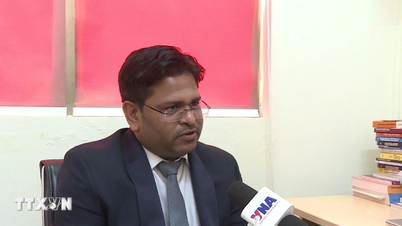

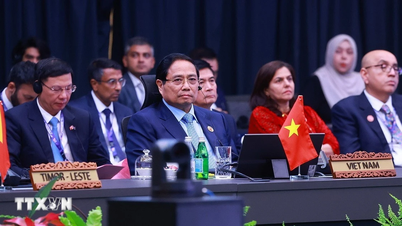
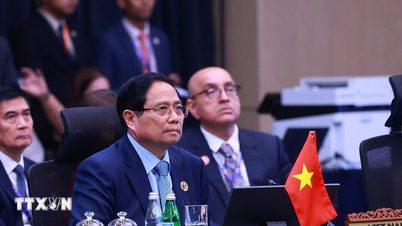
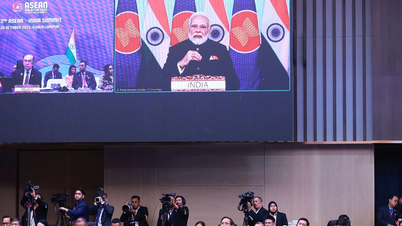

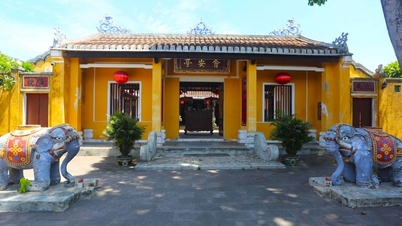

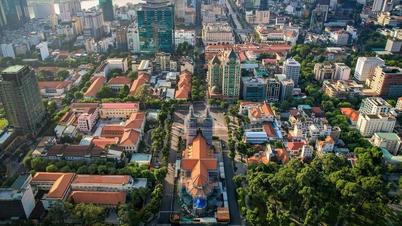

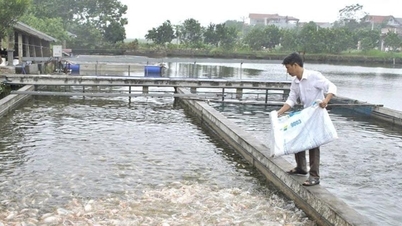

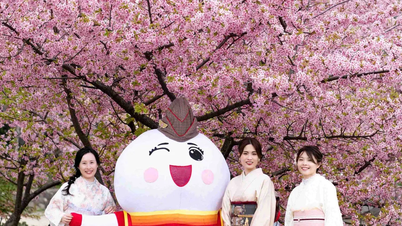

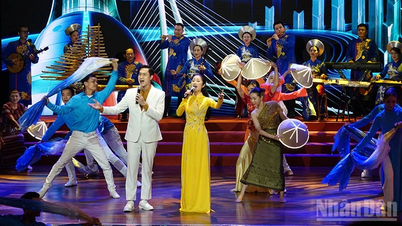


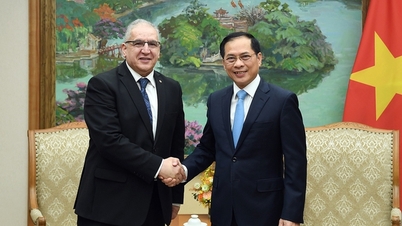





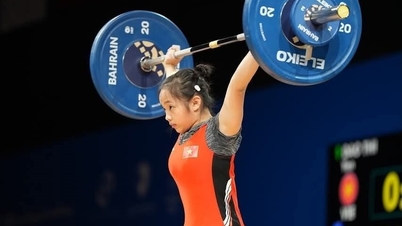


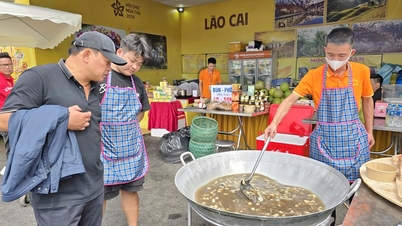


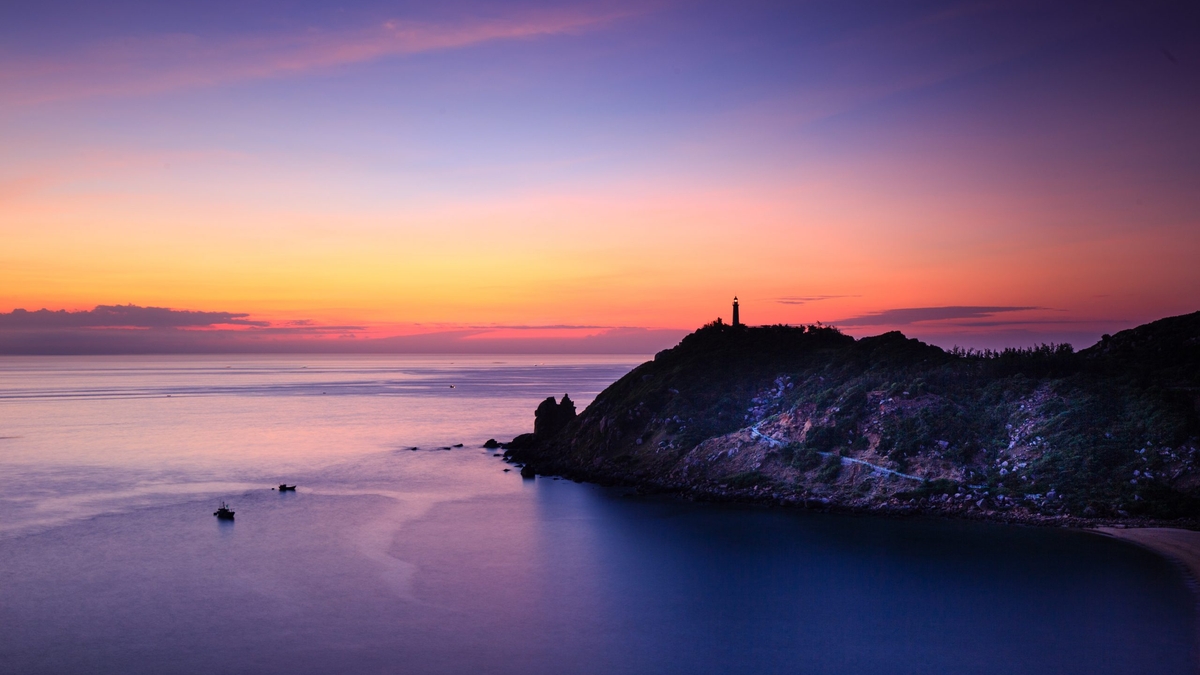








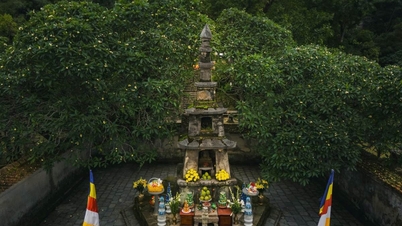

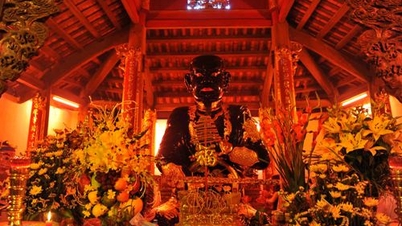


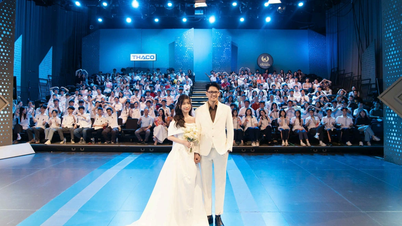
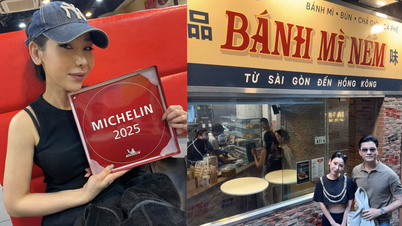
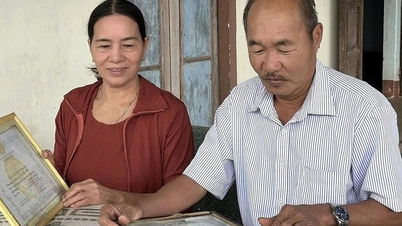
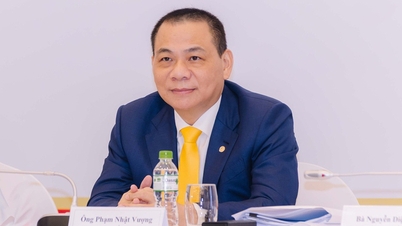





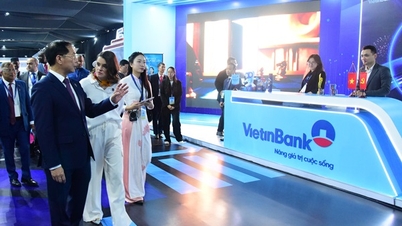
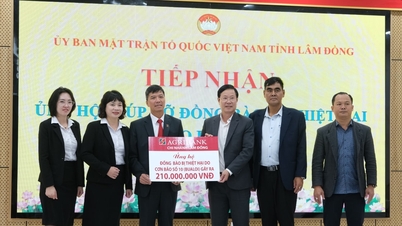










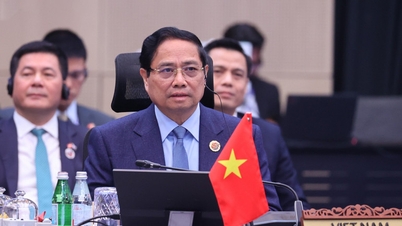
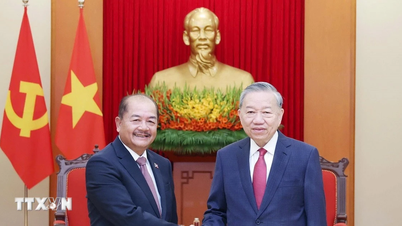
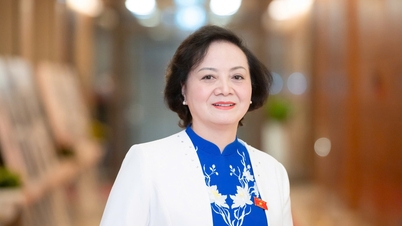

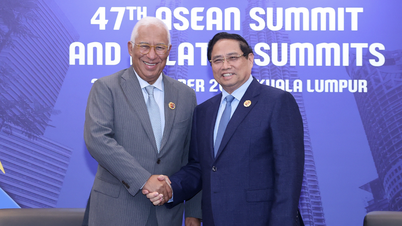
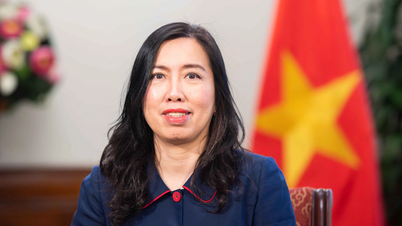
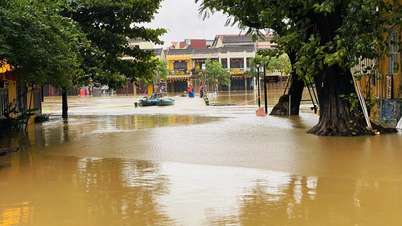
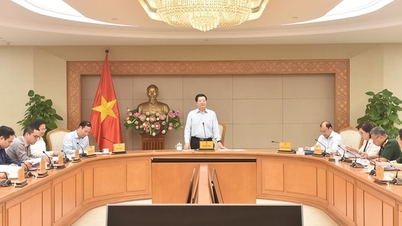

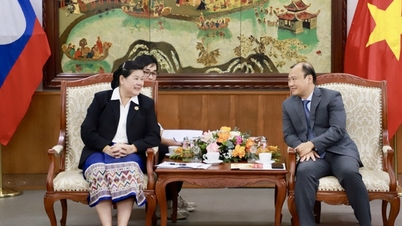
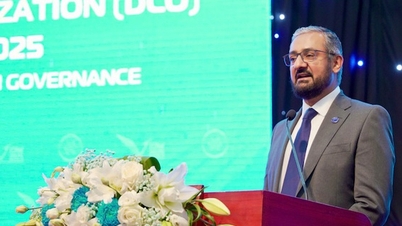
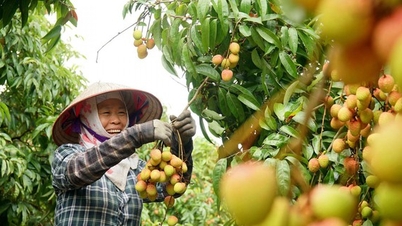
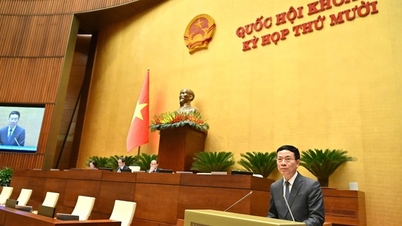
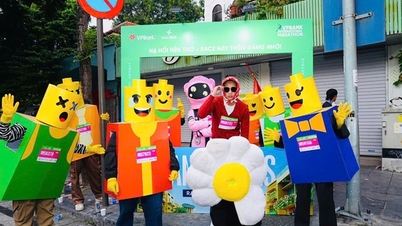
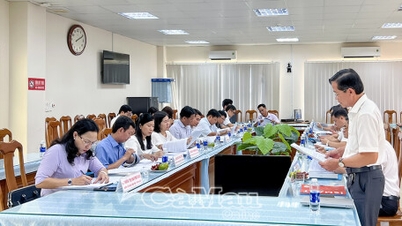

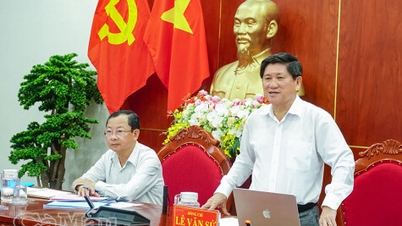
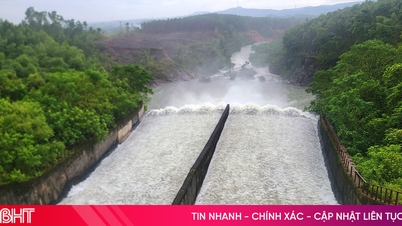

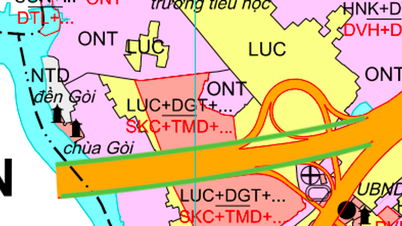
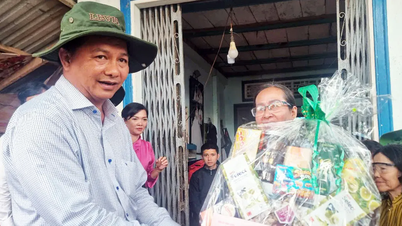
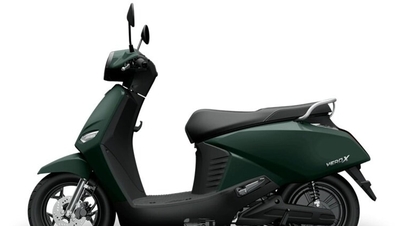











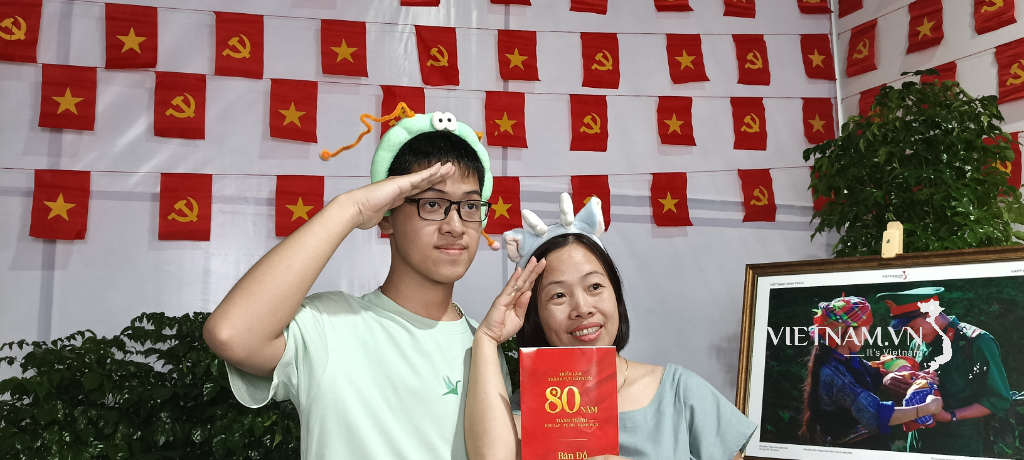



Comment (0)